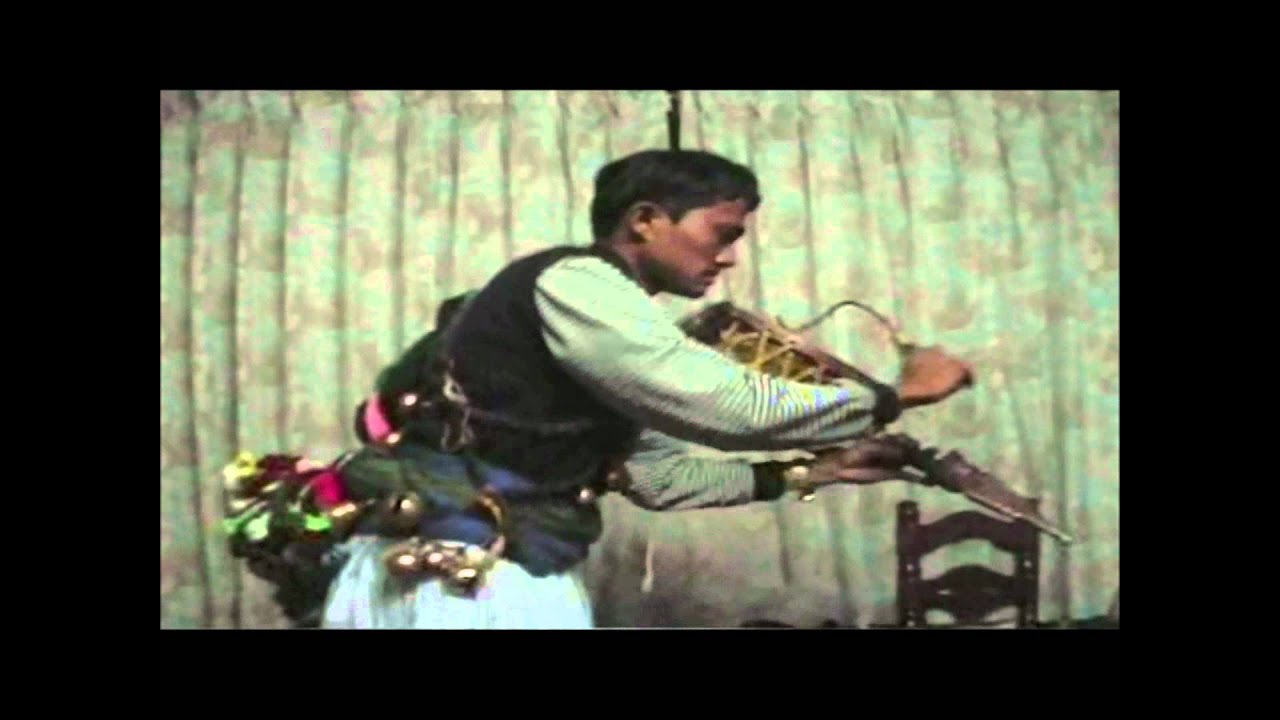Imagine yourself in the mystical land of Nepal, where ancient traditions and rituals hold a profound significance in the lives of its people. In this mesmerizing video by Santok Gurung, you will witness a bonpo/jhakri/shaman ritual that will transport you to a realm of mystery and spiritual enlightenment. With the rhythmic beats of traditional music serving as your guide, you will embark on a journey into the heart of Nepal’s rich cultural heritage.
Through this captivating visual experience, you will witness the shaman’s intricate dance movements and hear the enchanting chants that echo through the air. The bonpo/jhakri/shaman ritual, rooted in centuries-old traditions, is a fascinating display of spiritual connection and healing practices. Get ready to immerse yourself in the vibrant colors, mesmerizing sounds, and ancient rituals of Nepal as you embark on this extraordinary journey through the eyes of Santok Gurung’s lens.

Introduction
Have you ever wondered about the ancient spiritual traditions and practices that have been passed down through generations in different cultures? One such mystical and ancient practice is shamanism, which has deep roots in the Nepali culture. In this article, we will delve into the intriguing world of shamanism in Nepal, exploring its rich history, beliefs, practices, rituals, and healing methods. Join us on this fascinating journey as we discover the secrets behind this age-old tradition and understand its significance in Nepali culture.
History of Shamanism in Nepal
The history of shamanism can be traced back thousands of years in Nepal. Known as “Jhankri” or “Bompo” in the local language, the practice of shamanism has been an integral part of the country’s spiritual and cultural heritage. This ancient tradition predates the introduction of Buddhism and Hinduism in Nepal, and it has managed to survive and evolve throughout the centuries.
Shamanism in Nepal is deeply intertwined with the animistic beliefs prevalent among the indigenous tribes, who recognized the presence of spirits and unseen forces in the world. The shamans, acting as intermediaries between the physical and spiritual realms, played a vital role in maintaining harmony between humans and the natural world. These early shamanic practices later merged with Buddhist and Hindu philosophies, resulting in a unique blend of spiritual and cultural traditions.
Beliefs and Practices of Shamanism
At the core of shamanism in Nepal lies the belief in the interconnectedness of all things. Shamans believe that everything in the universe, whether animate or inanimate, possesses a spirit or energy. This belief forms the foundation of their spiritual practices, as they seek to establish a harmonious relationship with these spirits.
Shamans perform various rituals and ceremonies to communicate with the spirits and gain their guidance. They believe that spirits can offer insights, healing, and protection. Through chanting, drumming, dancing, and using specific tools, shamans create an altered state of consciousness that allows them to connect with the spirit realm. These practices often involve the use of sacred plants and herbs, which are believed to enhance spiritual connection and healing.
Roles and Responsibilities of Shamans
Shamans hold significant responsibilities within their communities. They act as counselors, healers, mediators, and spiritual guides. Shamans are believed to have the ability to locate and diagnose the spiritual causes of physical and mental illnesses, and they offer treatments to restore balance and well-being.
In addition to healing, shamans also play a crucial role in maintaining harmony between humans and the spirits of nature. This involves performing rituals and ceremonies to appease the spirits, seek their guidance, and ensure the well-being of the community. Shamans are deeply respected members of the society, and their wisdom and insights are sought after for matters of spiritual and personal growth.
Shamanic Rituals and Ceremonies
Shamanic rituals and ceremonies are an integral part of the shamanic tradition in Nepal. These practices serve as a means to connect with the spiritual realm, seek guidance, and bring healing and prosperity to the community.
One such ceremony is the “Puja,” a ritual that involves offerings and prayers to deities and spirits. It is performed to seek blessings and protection, and also to express gratitude for the abundance provided by the natural world. Another important ritual is the “Jhankri Dance,” a lively and rhythmic performance that aims to invoke the spirits for healing and well-being.
During these ceremonies, shamans often use various tools and instruments such as drums, bells, and sacred objects. These tools are believed to possess spiritual power and aid in communicating with the spirits.
Types of Shamanic Healing
Shamanic healing encompasses a wide range of practices and techniques aimed at addressing physical, mental, and spiritual imbalances. Shamans believe that illness and suffering are often caused by a disruption in the energy flow within a person’s body or their connection with the spirit realm.
One common technique used by shamans is the extraction process, where they remove negative energies or spiritual blockages from a person’s body. This can be achieved through various methods, such as blowing, pulling, or sucking out the unwelcome energies.
Another type of shamanic healing is soul retrieval, which involves retrieving fragmented parts of a person’s soul that may have been lost or disconnected due to trauma or illness. The shaman acts as a mediator between the physical and spiritual realms, facilitating the reunion of the soul fragments and restoring balance and wholeness.
Additionally, shamans may also use herbal medicines, incantations, and rituals to bring about healing on physical, emotional, and spiritual levels.
Shamanic Tools and Instruments
Shamans employ a variety of tools and instruments during their rituals and healing sessions. These items are believed to hold spiritual power and aid in establishing a connection with the spirit realm.
One of the most significant tools used by shamans is the drum. The rhythmic beats of the drum are believed to help shamans enter trance states and communicate with spirits. Another important instrument is the bell, which is used to summon and dismiss spirits, as well as to cleanse and purify the surroundings.
In addition to drums and bells, shamans may also use rattles, feathers, stones, and divination tools such as bones or cards. Each tool has a specific purpose and is chosen based on the nature of the ritual or healing required.
Training and Apprenticeship of Shamans
Becoming a shaman in Nepal is not an easy path. It requires years of training, apprenticeship, and initiation. The process of becoming a shaman often begins with a calling or revelation from the spirits. Those who are chosen undergo rigorous training under the guidance of an experienced shaman.
During the training period, apprentices learn various shamanic rituals, ceremonies, healing techniques, and herbal remedies. They also develop their intuition, spiritual connection, and ability to enter altered states of consciousness.
The apprenticeship involves not only theoretical knowledge but also practical experience. Apprentices accompany their mentors to ceremonies, rituals, and healing sessions, gradually gaining hands-on experience and deepening their understanding of shamanic practices.
Importance of Shamanism in Nepali Culture
Shamanism holds great significance in Nepali culture, as it shapes the spiritual and social fabric of the community. Shamans play a vital role in maintaining the balance between humans and nature, ensuring the well-being of individuals and the community as a whole.
The practice of shamanism provides a sense of identity, cultural heritage, and spiritual guidance for the people of Nepal. It helps them connect with their ancestors, understand their place in the universe, and seek harmony with the natural world. The wisdom passed down through generations enriches the cultural tapestry and serves as a reminder of the ancient traditions that have shaped Nepali society.
Conclusion
In conclusion, shamanism in Nepal is a captivating and intricate spiritual tradition that has survived the test of time. With its deep-rooted history, unique beliefs, and practices, shamanism continues to thrive in the Nepali culture. As shamans fulfill their roles as healers, guides, and protectors, they bridge the gap between the physical and spiritual realms, creating harmony and well-being within their communities. The beauty and significance of shamanism in Nepal lie not only in its ability to heal and restore, but also in its power to preserve the spiritual heritage and cultural identity of the Nepali people.
